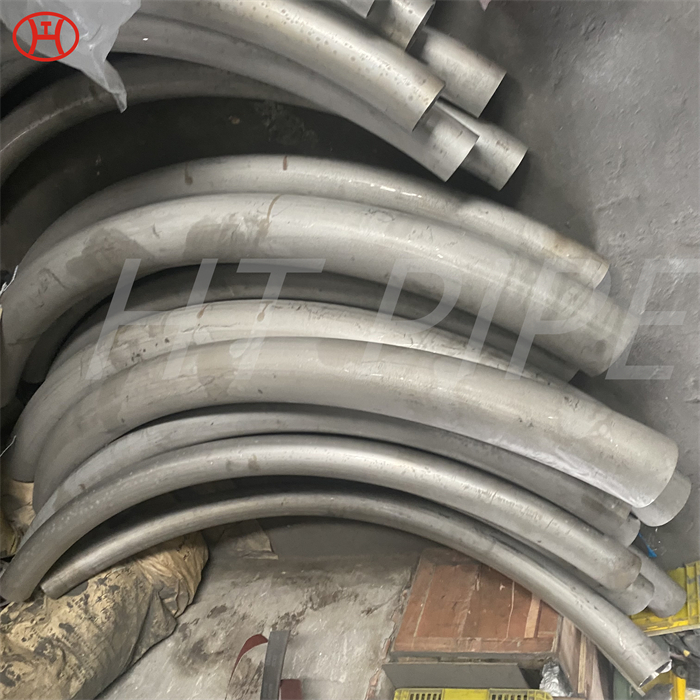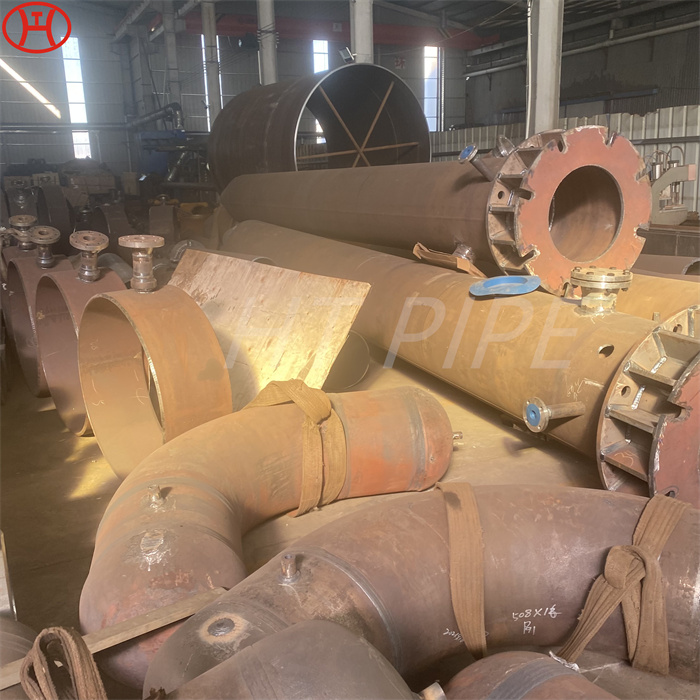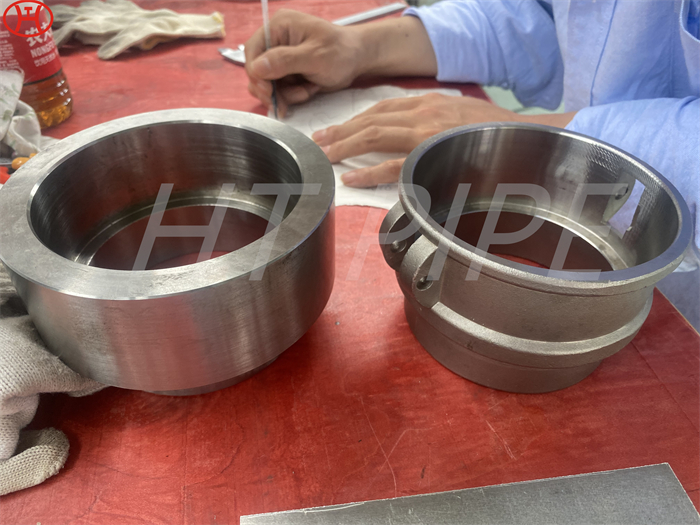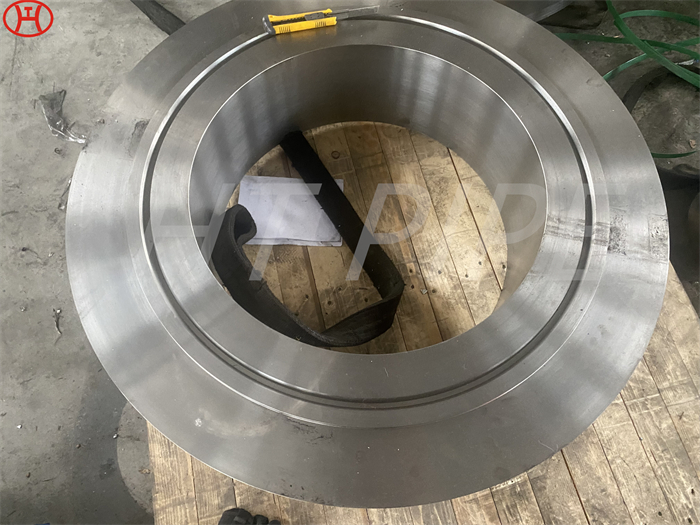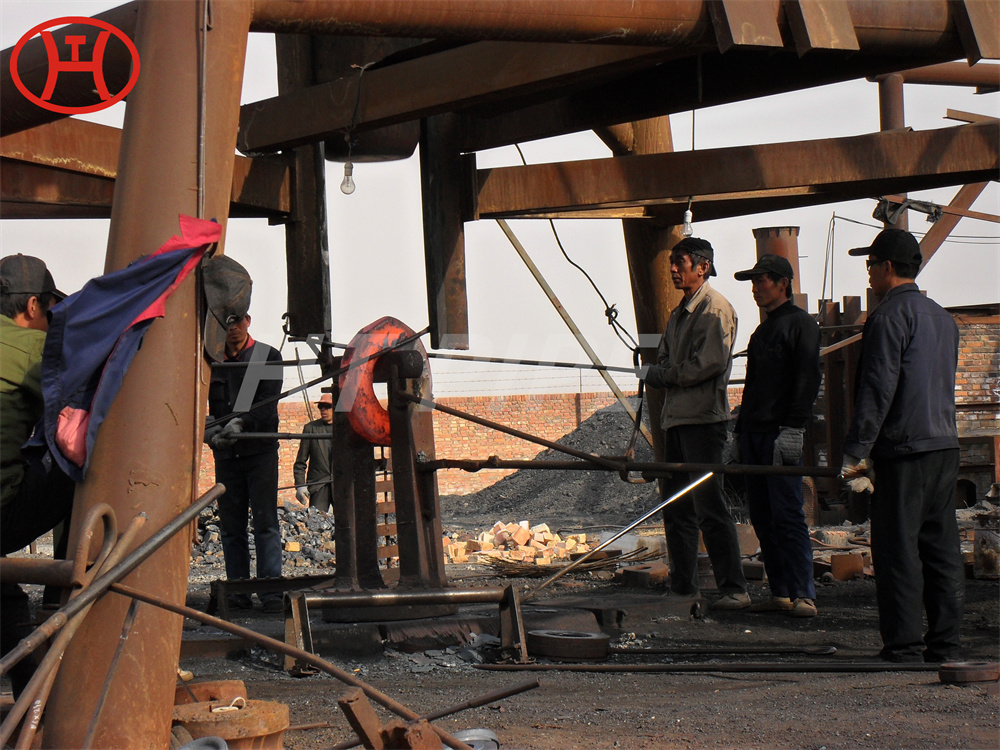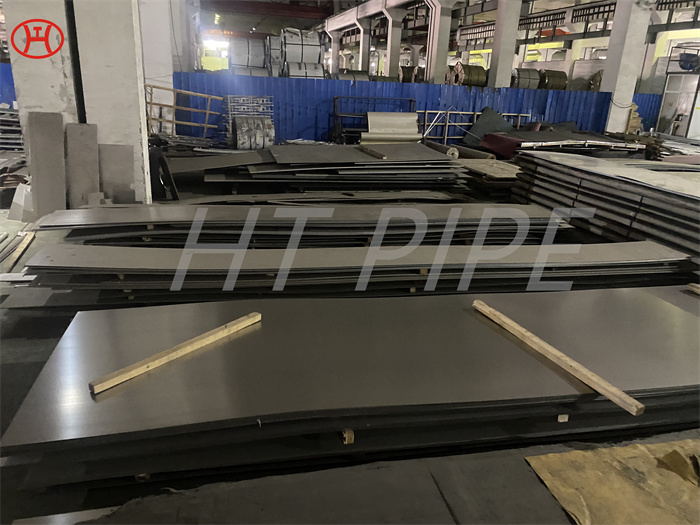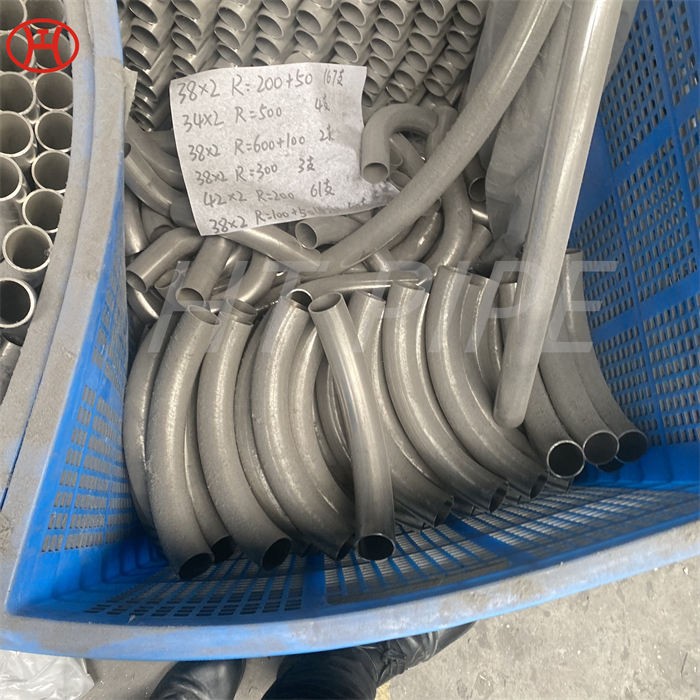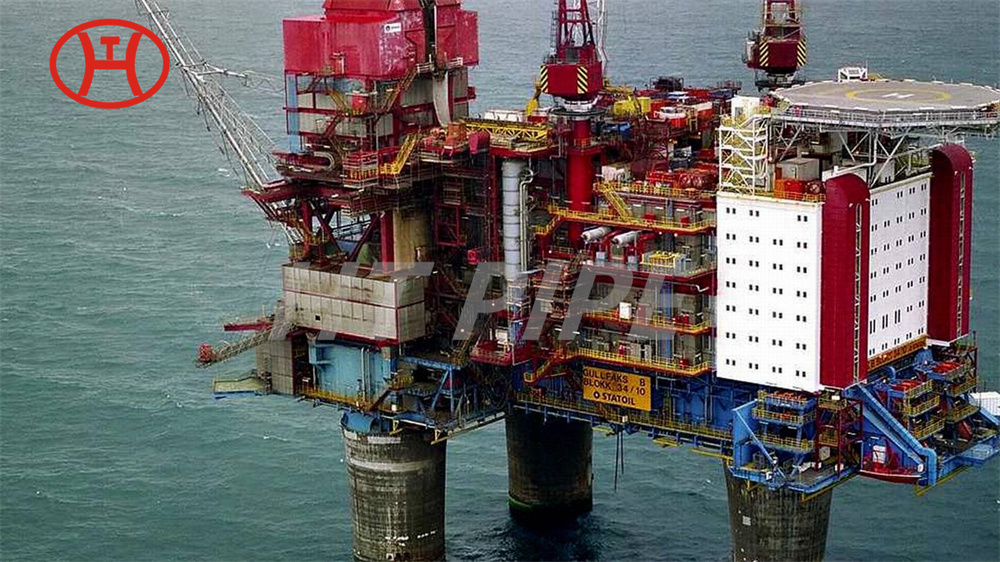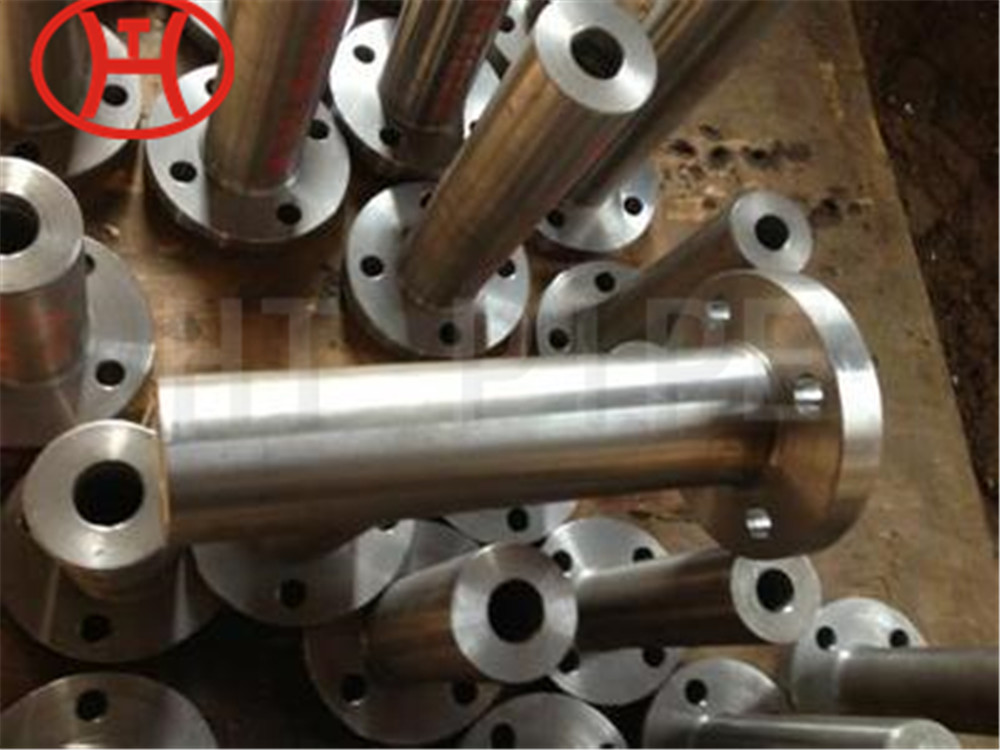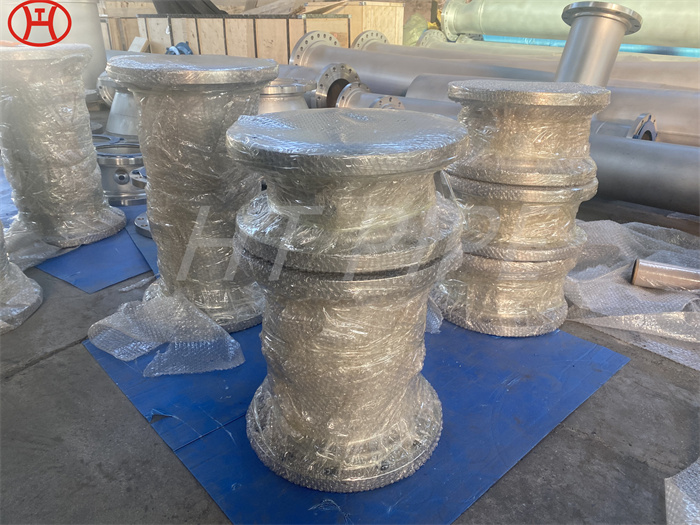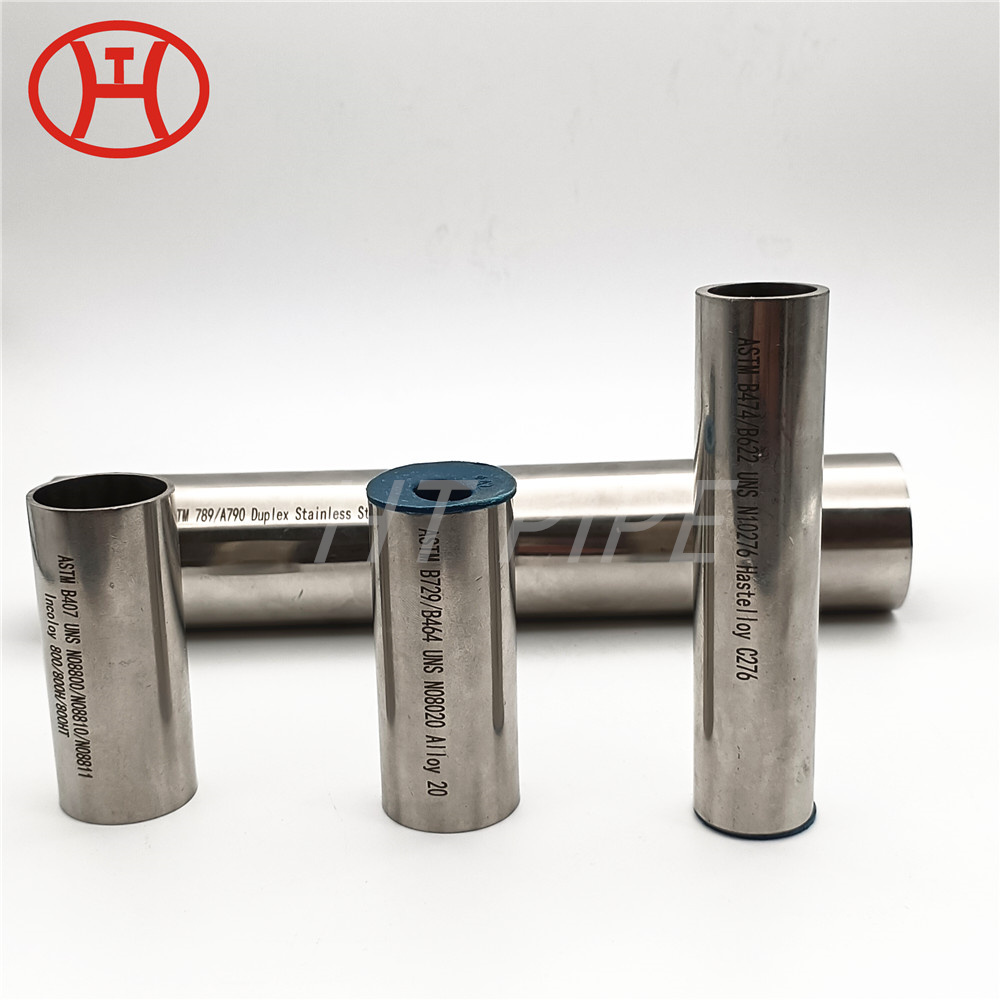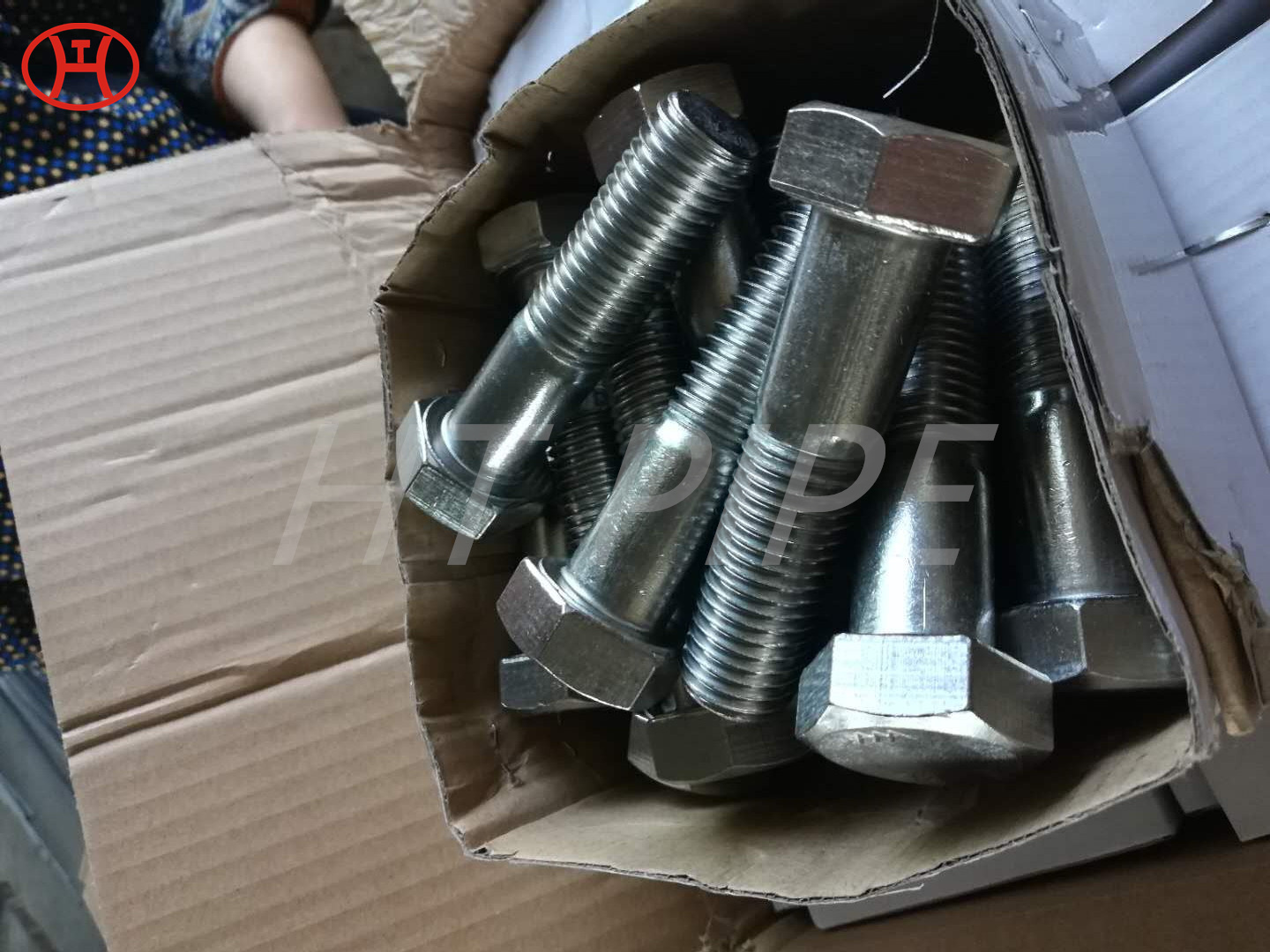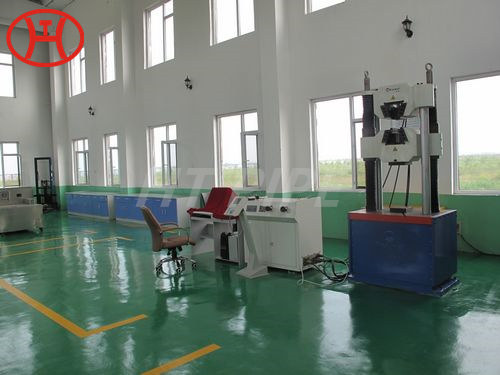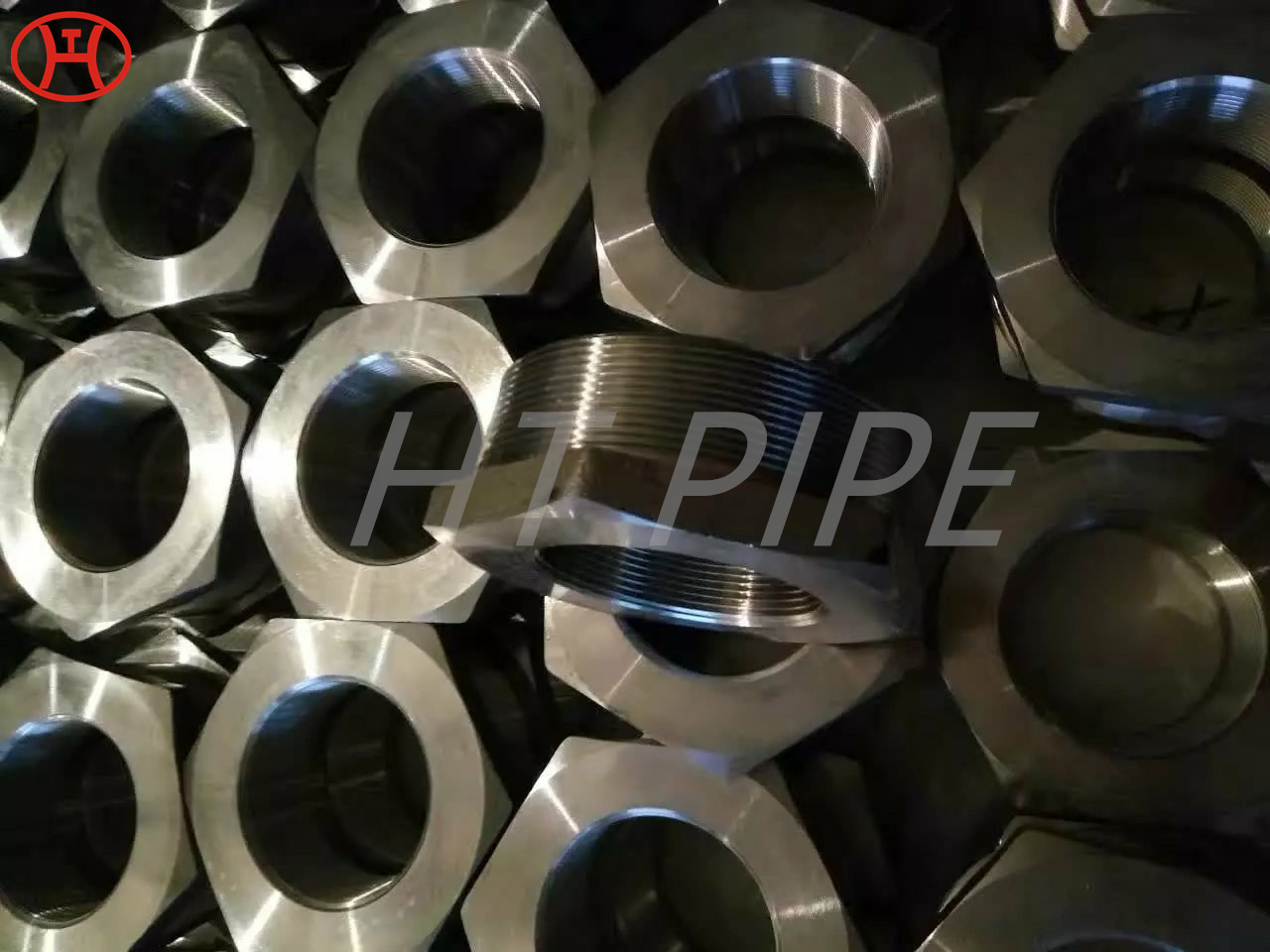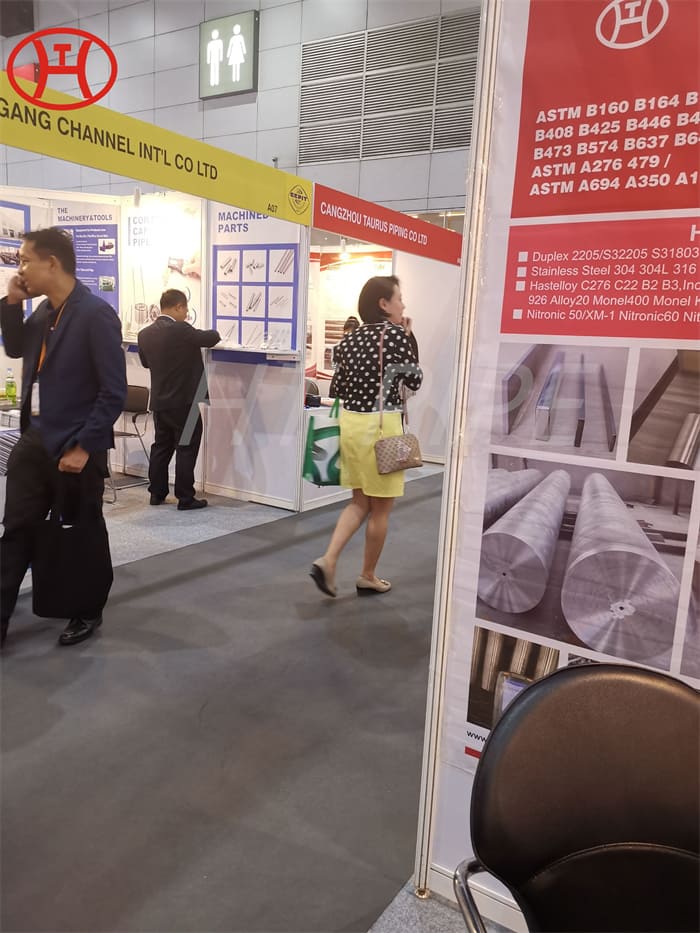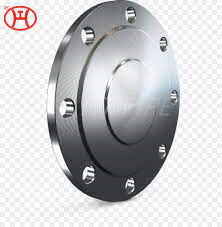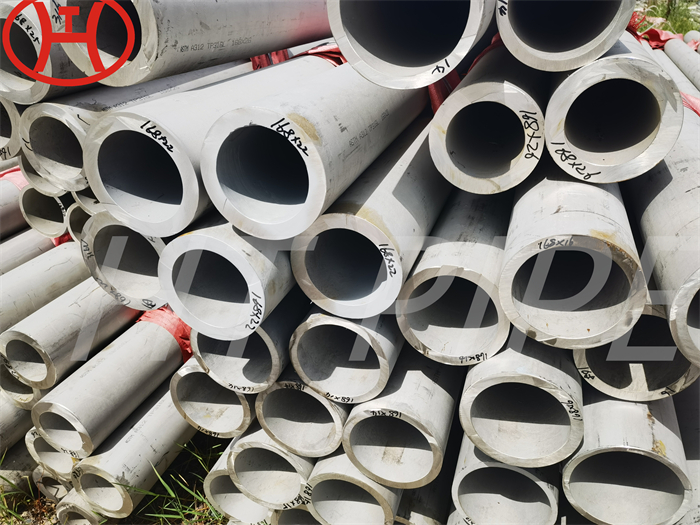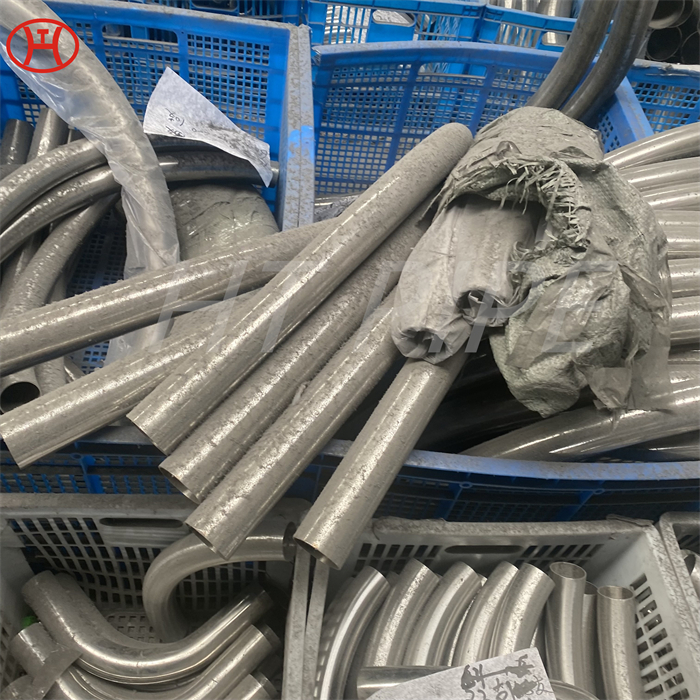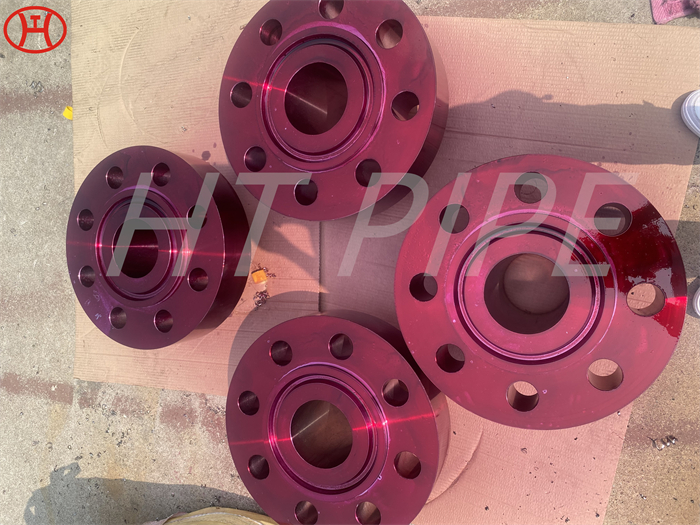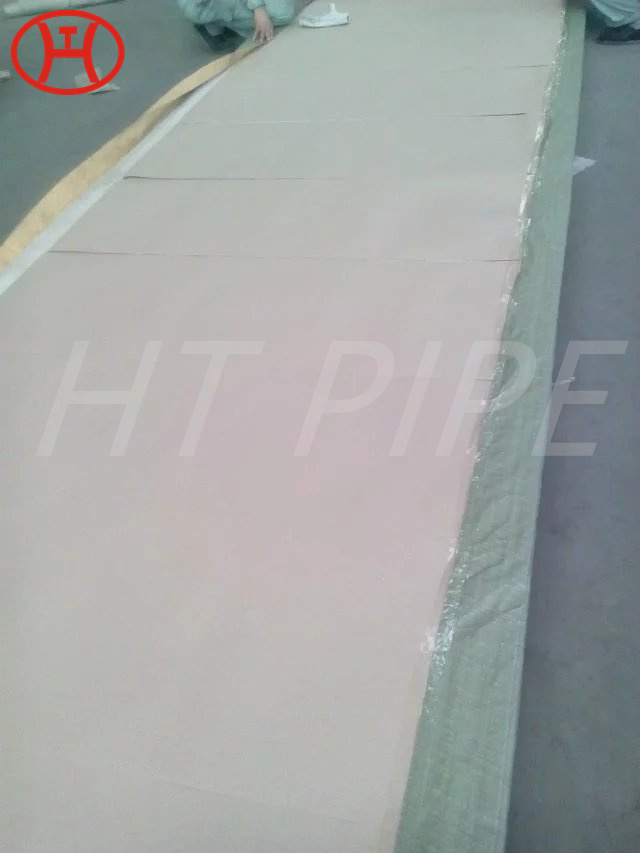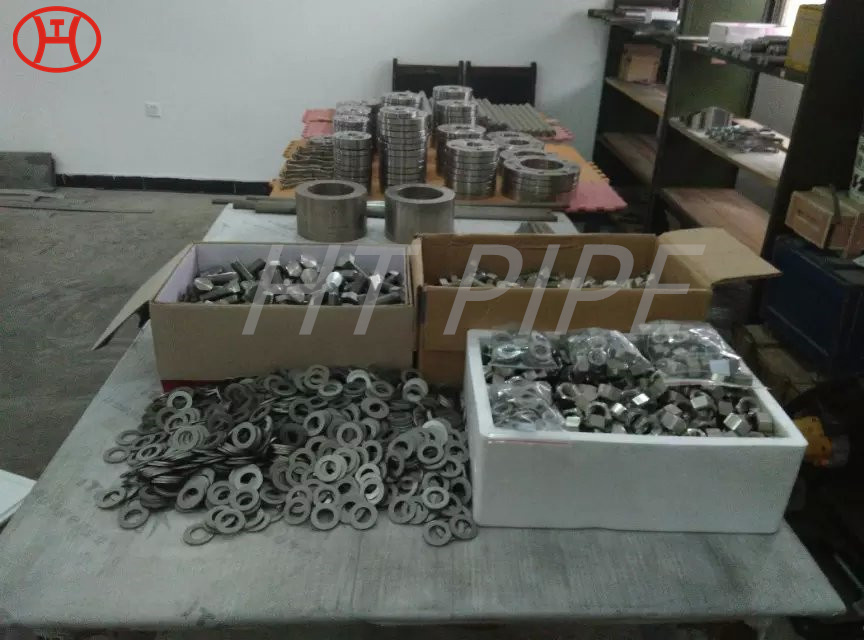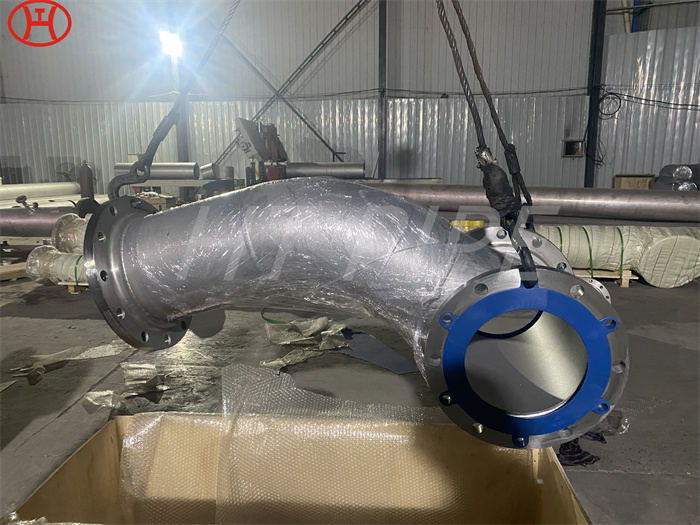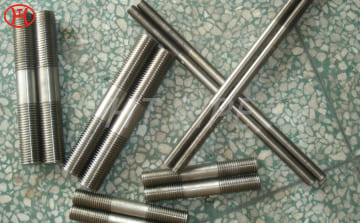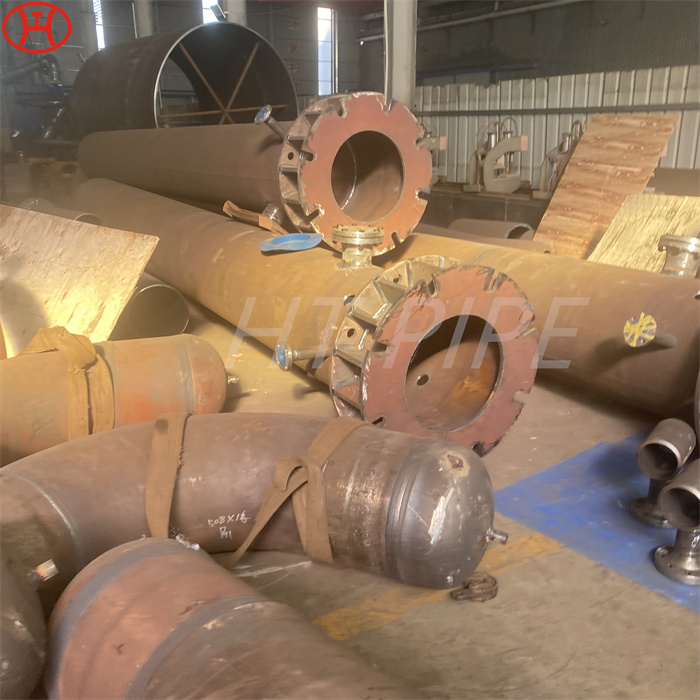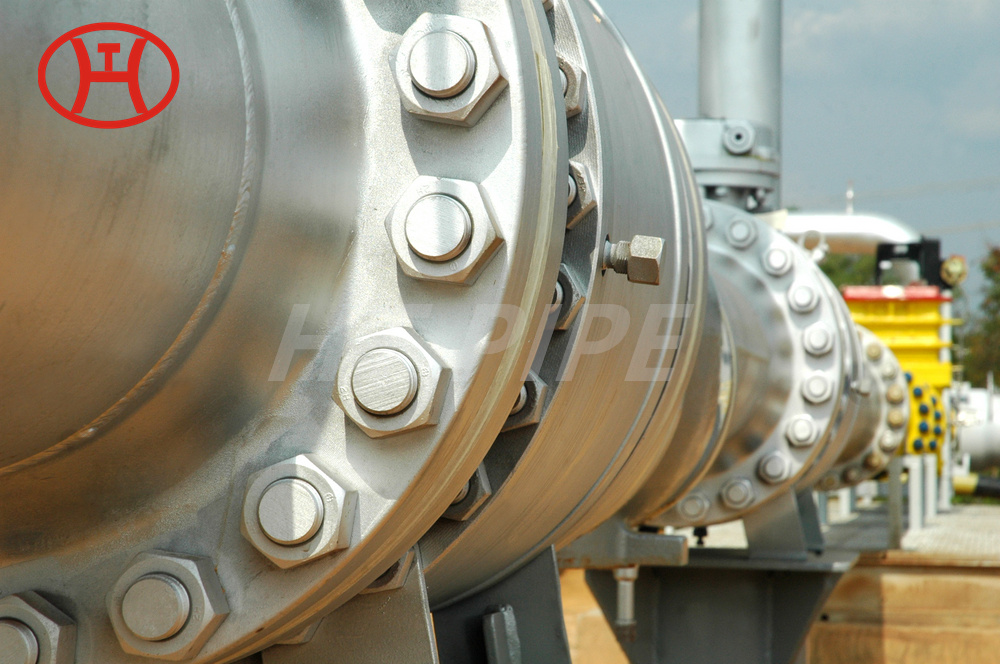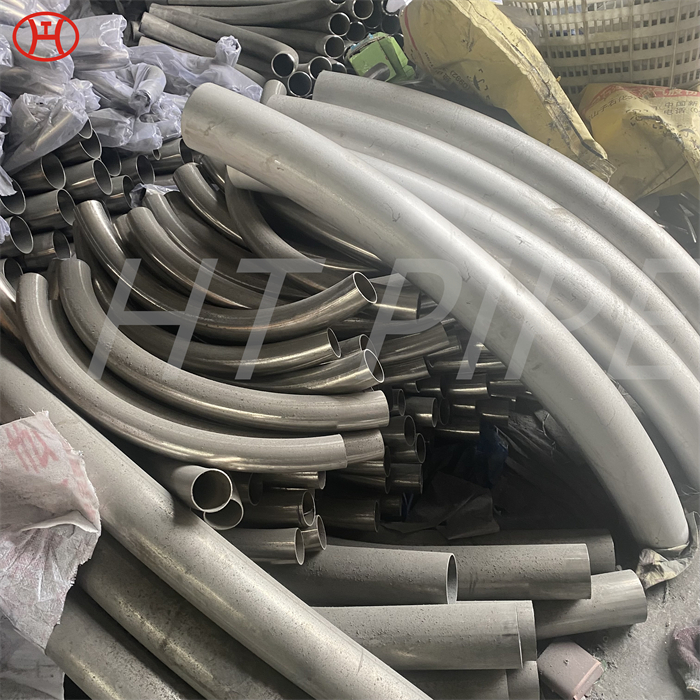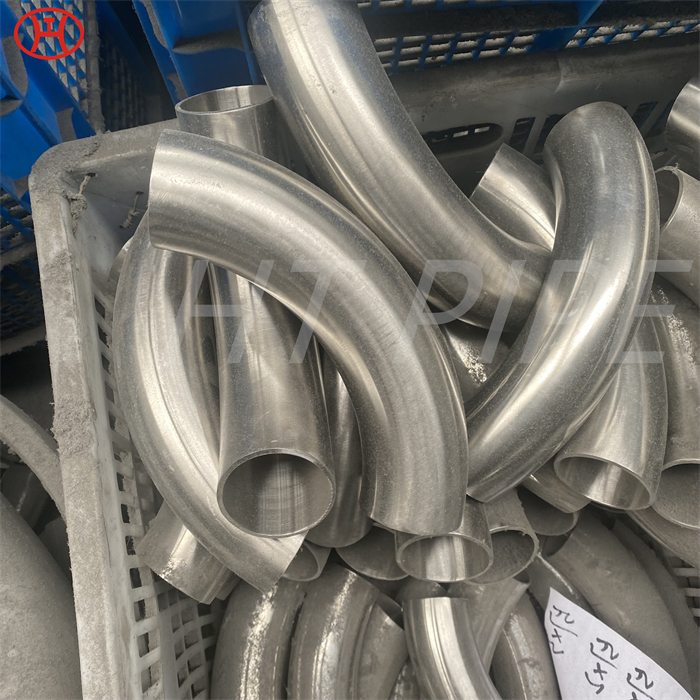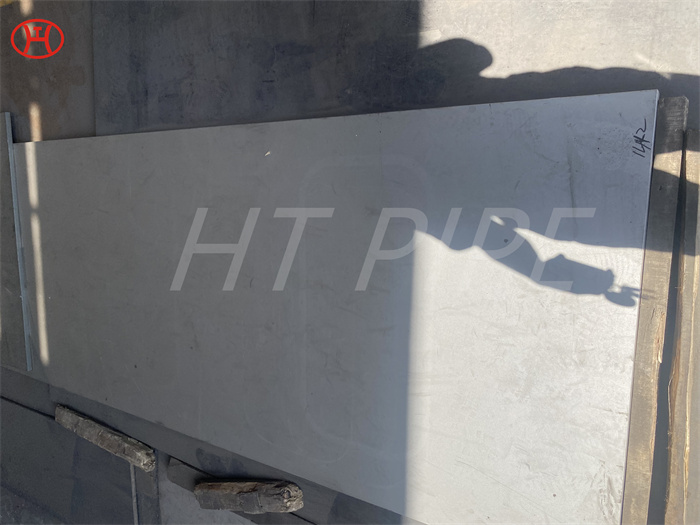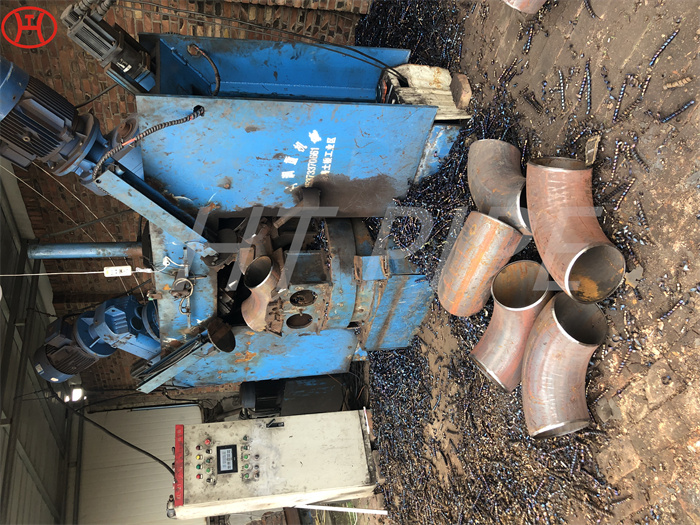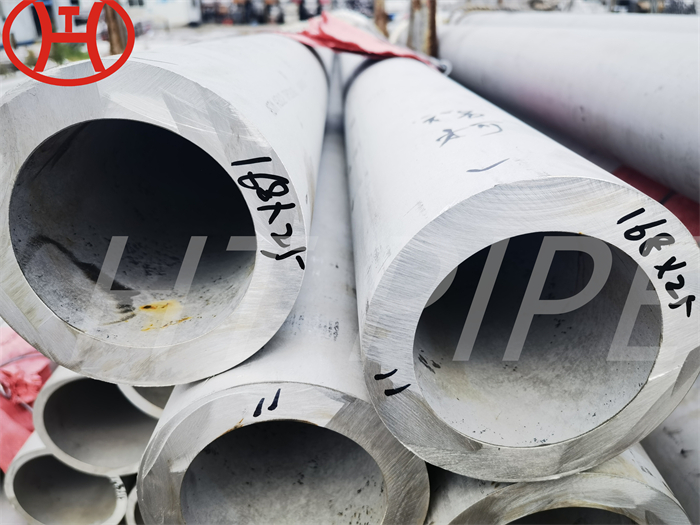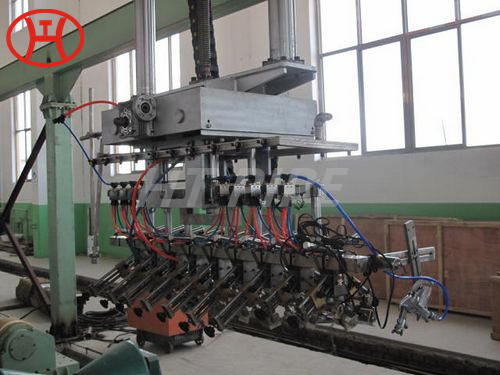Hastelloy C22 pipe bend resists the formation of the grain boundary in the heat-affected zone
Alloy C22 is a nickel-chromium-molybdenum solid solution strengthened super-alloy with a nominal chemical composition of 56% nickel, 22% chromium, and 13% molybdenum, with additions of iron, tungsten, and cobalt.
Hastelloy C-22 Alloy 22 (UNS N06022; W. Nr. 2.4602; NiCr21Mo14W) is a fully austenitic advanced corrosion-resistant alloy that offers resistance to both aqueous corrosion and attack at elevated temperatures. This alloy provides exceptional resistance to general corrosion, pitting, crevice corrosion, intergranular attack, and stress corrosion cracking. Alloy 22 has found numerous applications in the chemical/petrochemical processing, pollution control (flue gas desulfurization), power, marine, pulp and paper processing, and waste disposal industries. It is an austenitic steel material with the addition of tungsten in it to enhance the pitting crevice stress corrosion resistance of the alloy. The Hastelloy C22 UNS N06022 pipe bend has resistance against high chloride environments and is resistance to organic and inorganic acids and salts.









































































































